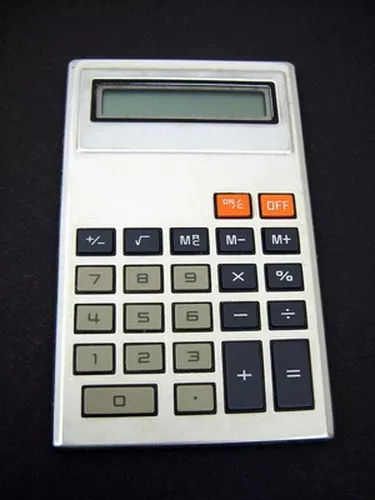
Most investors care about two things: risk and return. Return on investment (ROI) is a common way in which investors measure return and compare investment opportunities. It is the simplicity of the equation that makes it so popular. By comparing the value of an investment on two different days analysts can measure the amount of increase or decrease on a percentage basis. This is especially helpful when calculating weekly returns.
Step 1
Determine the original value of the asset. This can be supported with a receipt or brokerage statement. Let's say you purchased $1,000 worth of XYZ stock on Week 1.
Video of the Day
Step 2
Determine the ending value of the asset. This is the market value of the asset at the beginning of Week 2. Let's say the value of the stock at the beginning of Week 2 is $1,200 and $1,500 at the end of Week 3.
Step 3
Subtract the ending or current value from the original value. For instance, $1,200 - $1,000 = $200 and $1,500 - $1,200 = $300.
Step 4
Divide the difference by the original value. To calculate the return from Week 1 to Week 2, divide the difference between Week 1 and Week 2 by the previous week. For instance the weekly return for Week 1 to Week 2 is $200/$1000 or 20 percent (.2 x 100). The return from Week 2 to Week 3 is $300/$1200 or 25 percent (.25 x 100).
Video of the Day